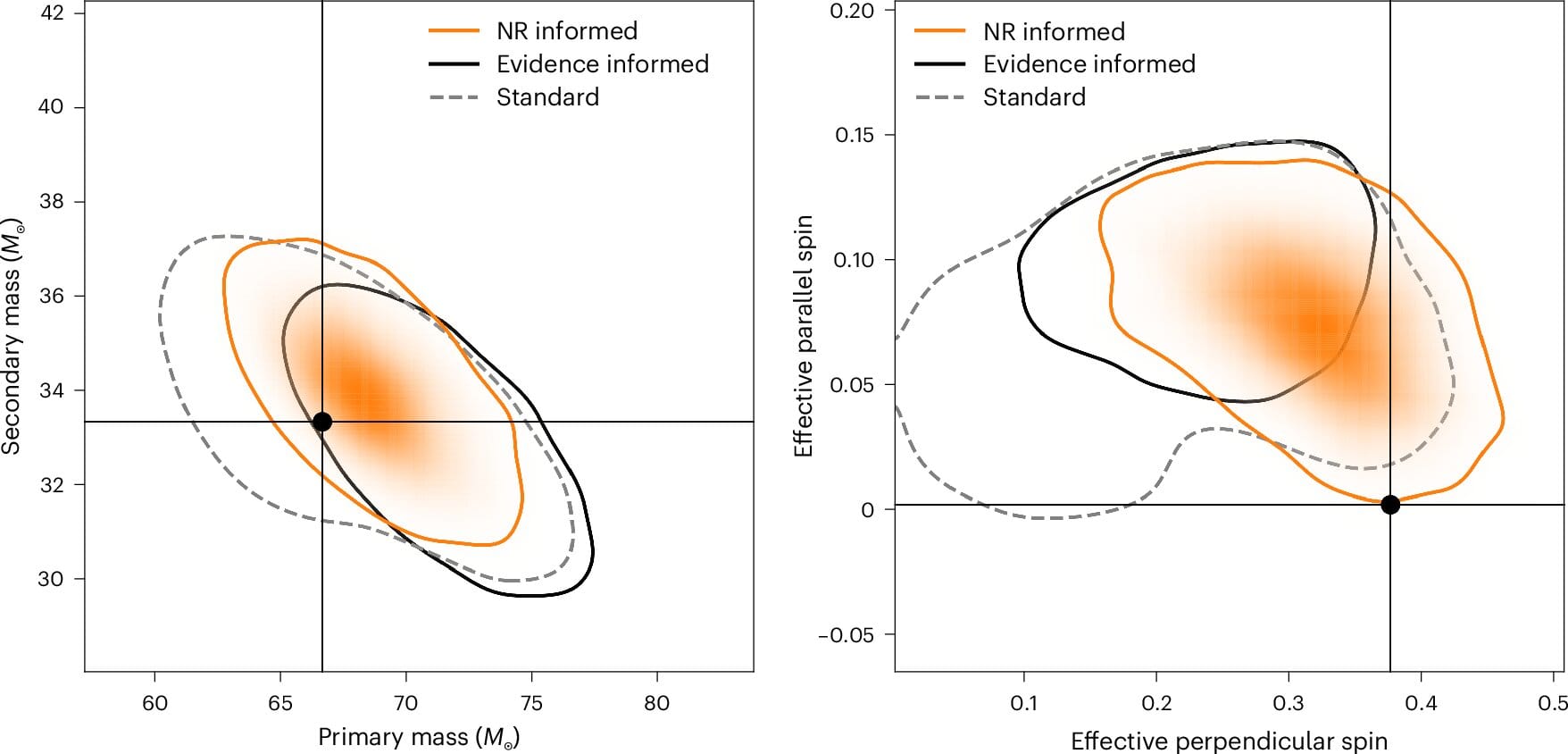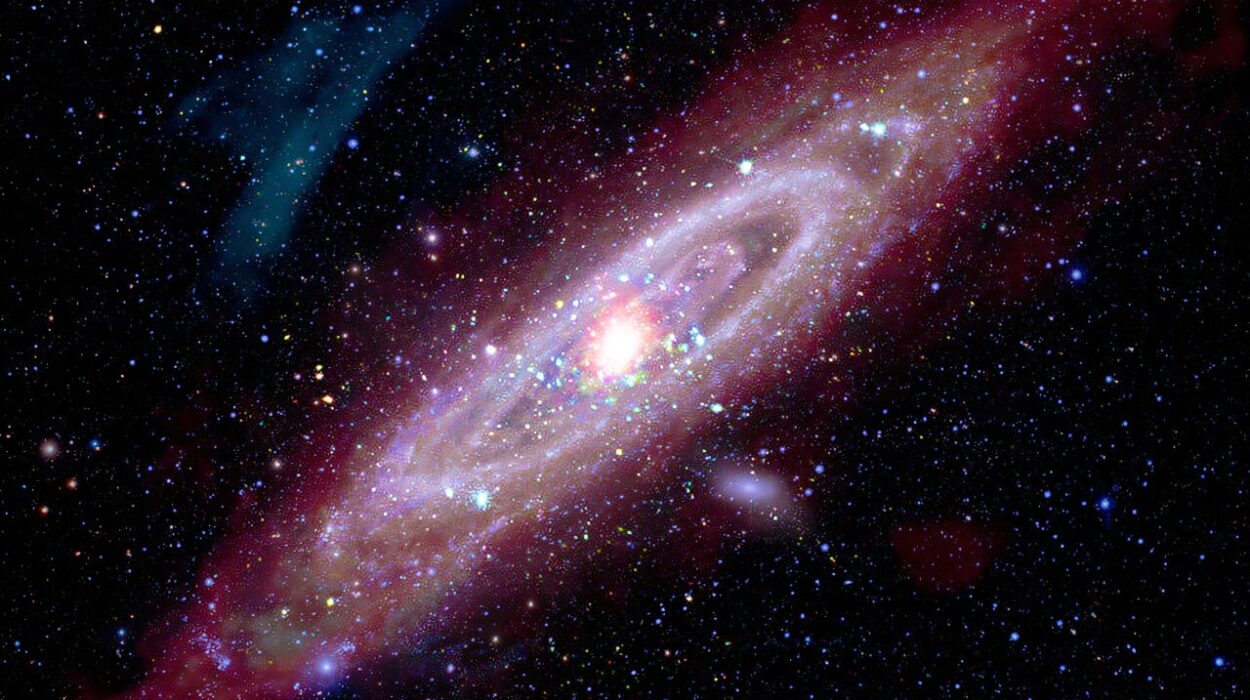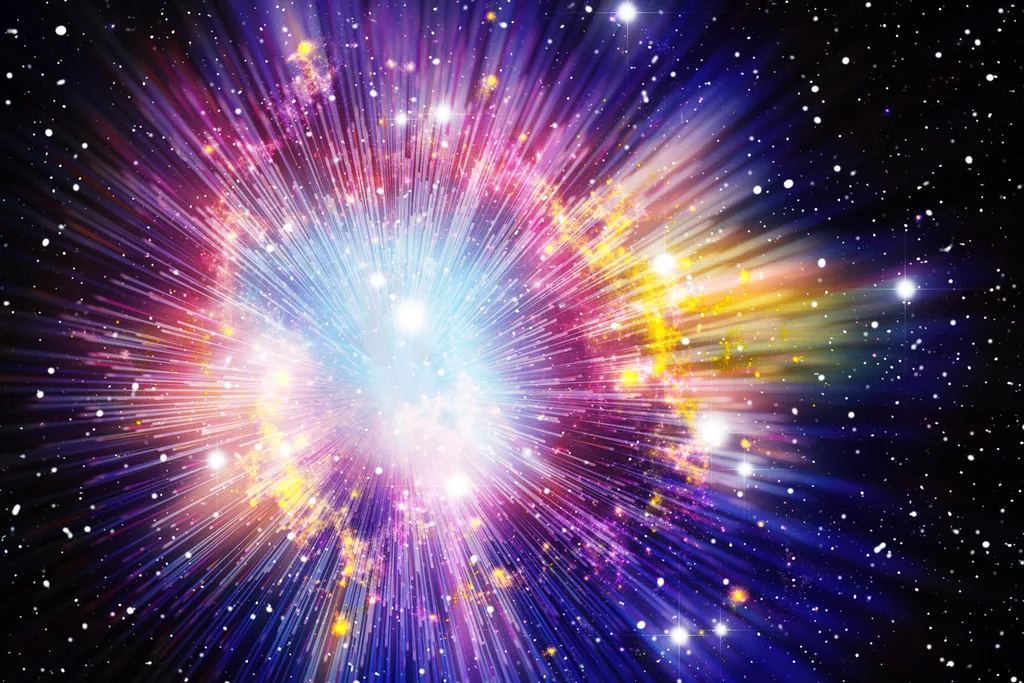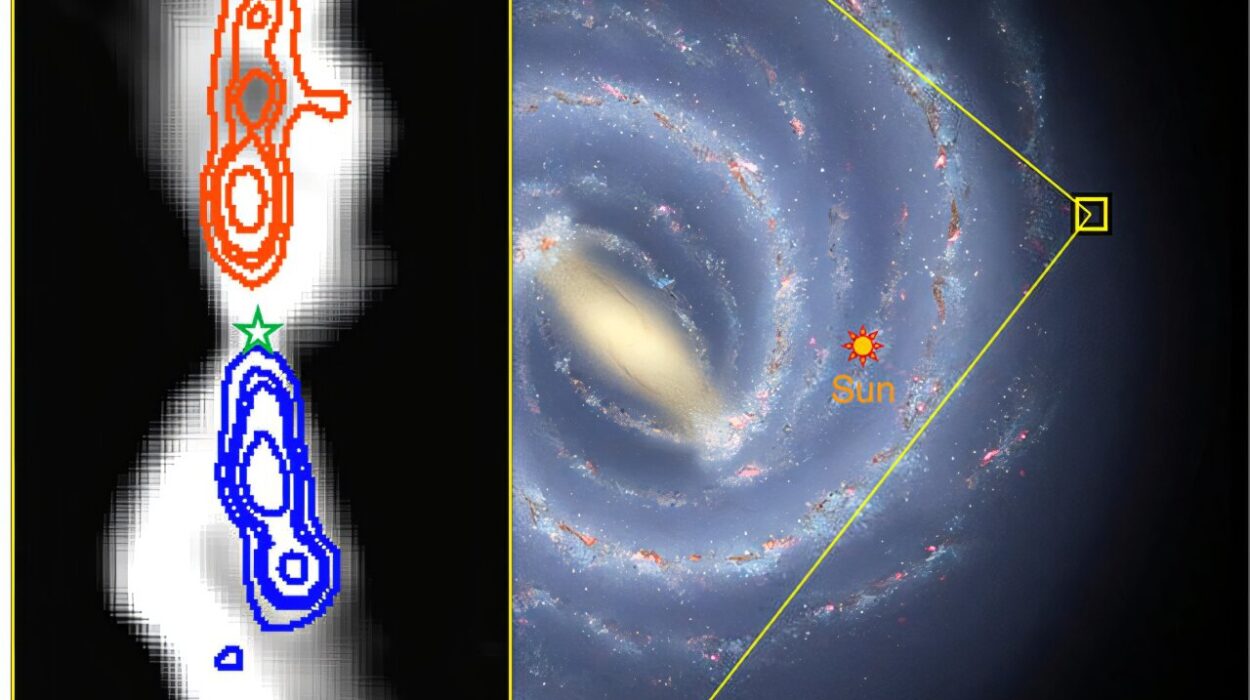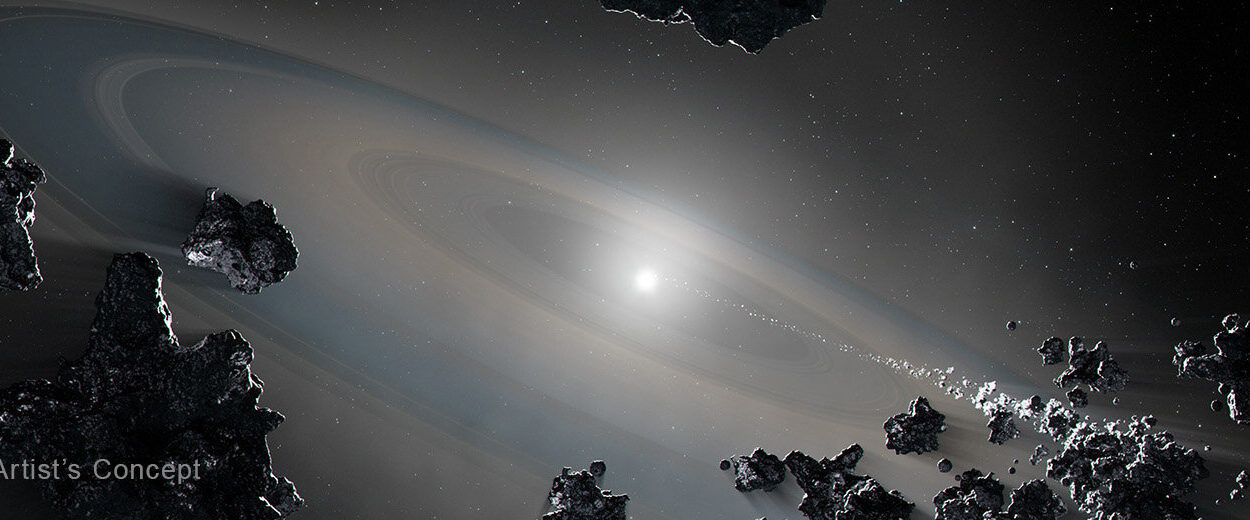High above our heads, in the vast black ocean of space, titanic forces clash in silence. Black holes—cosmic beasts so dense that not even light escapes—spiral toward one another in a dance of doom, merging in an instant of unimaginable violence. Though the collision itself makes no sound, it sends ripples through the very fabric of spacetime. Those ripples, known as gravitational waves, wash across the universe—and, for a fleeting moment, whisper secrets to us here on Earth.
Now, a team of scientists has developed a new method to listen to those whispers more clearly than ever before. Their technique promises to sharpen our cosmic hearing, bringing us closer to understanding black holes, gravity, and the deepest workings of the cosmos.
A Revolution Sparked by Ripples in Space
Just ten years ago, gravitational waves were an elusive prediction of Einstein’s general relativity—a mathematical curiosity with no confirmed observation. That changed forever in 2015 when the LIGO observatory captured the faint tremor of spacetime caused by two black holes smashing together over a billion light-years away. It was a scientific triumph that earned the 2017 Nobel Prize in Physics and opened an entirely new window onto the universe.
Since then, detectors like LIGO and Virgo have recorded dozens of these cosmic collisions. Each detection adds a note to an extraordinary cosmic symphony, revealing how often black holes merge, how massive they can become, and how fast they spin. Yet listening to this music isn’t simple. The gravitational wave signals are fleeting and delicate—a quick flicker lasting mere seconds. To understand what we’ve heard, scientists must match the signal to theoretical models of what different cosmic collisions might look like.
Cracking the Code of Cosmic Collisions
Dr. Charlie Hoy, a research fellow at the University of Portsmouth’s Institute of Cosmology and Gravitation, has been wrestling with a persistent problem in gravitational-wave astronomy: how to ensure that our interpretations of these signals truly reflect reality.
“When a gravitational wave passes through Earth, we capture a brief signal,” says Dr. Hoy. “To figure out what caused it, we compare the observation against millions of possible theoretical gravitational-wave signals generated with different models. The challenge is that not all models are equally accurate.”
Typically, scientists use a statistical method called Bayesian inference to analyze gravitational-wave signals. It’s like solving a cosmic puzzle, where you sift through countless pieces until you find the one that fits. But there’s a snag: combining results from different models can sometimes overlook how faithful each model is to the underlying physics of general relativity—the very laws that govern black holes. The result? Conclusions that might be off the mark.
“I’ve been thinking about how to incorporate model accuracy into gravitational-wave Bayesian inference for years, and it’s very exciting to see our method come to life,” Dr. Hoy explains.
A New Way to Weigh Black Holes
Hoy’s new method, developed in collaboration with scientists from the University of Southampton and University College Dublin, aims to fix this problem. Instead of treating all models equally, the team’s approach factors in how trustworthy each model is. It recognizes that creating perfect models of gravitational waves is staggeringly difficult—because it requires solving Einstein’s field equations in the chaos of two black holes colliding.
“Directly computing gravitational waves by solving Einstein’s Field Equations is really hard,” Dr. Hoy says. “Many gravitational-wave models have been developed over the years, but they all have some degree of approximation.”
In essence, every gravitational-wave model carries a hint of uncertainty. Some might be better at predicting the signal from large, slowly spinning black holes. Others might be more precise when black holes are spinning rapidly or have very different masses. Hoy’s method weaves those uncertainties into the analysis, providing a clearer and more honest picture of the cosmic events unfolding light-years away.
The payoff? Sharper measurements of black hole properties like mass and spin. With better constraints, astronomers can explore deeper questions: How do black holes form? How big can they grow? Are there hints of physics beyond Einstein lurking in the gravitational waves?
Building a Future-Proof Toolkit
One of the strengths of the new method is that it’s designed to grow alongside the field. As new, more accurate gravitational-wave models emerge, they can be folded into the algorithm seamlessly. Instead of discarding old models or relying solely on new ones, the method lets all models contribute, weighted according to their strengths and weaknesses.
“Gravitational-wave models are continually being developed and will likely improve in accuracy over the coming years,” says Dr. Hoy. “Our method is designed so that once these models become available, they can be incorporated into our algorithm. All models can then collectively help to obtain constraints on the mass and spin of black holes.”
The Future Echoes of the Cosmos
For now, Hoy’s team hasn’t uncovered new cosmic secrets—but they’ve built a sharper lens through which to look. And as gravitational-wave observatories become more sensitive, detecting fainter and more distant signals, tools like this will be essential.
With this new method, we stand poised on the brink of discoveries we can scarcely imagine. Somewhere in the silent dark, black holes will continue to collide. Their ripples will race across the universe until they reach us—a delicate tremor in the cosmic sea. Thanks to researchers like Dr. Hoy and his colleagues, we’re getting better at hearing their stories—and understanding the profound truths they carry about our universe.
Reference: Charlie Hoy et al, Incorporation of model accuracy in gravitational wave Bayesian inference, Nature Astronomy (2025). DOI: 10.1038/s41550-025-02579-7
